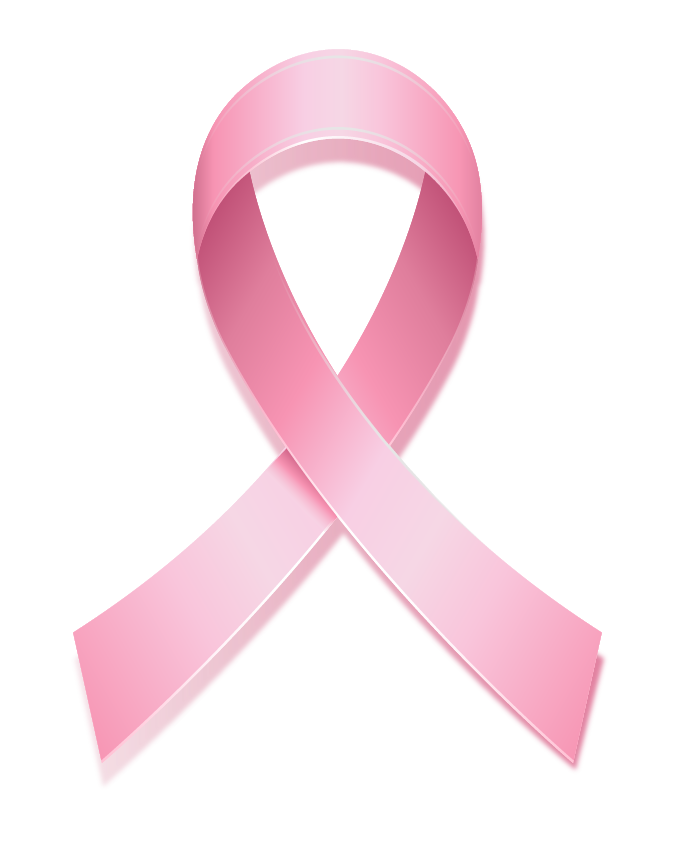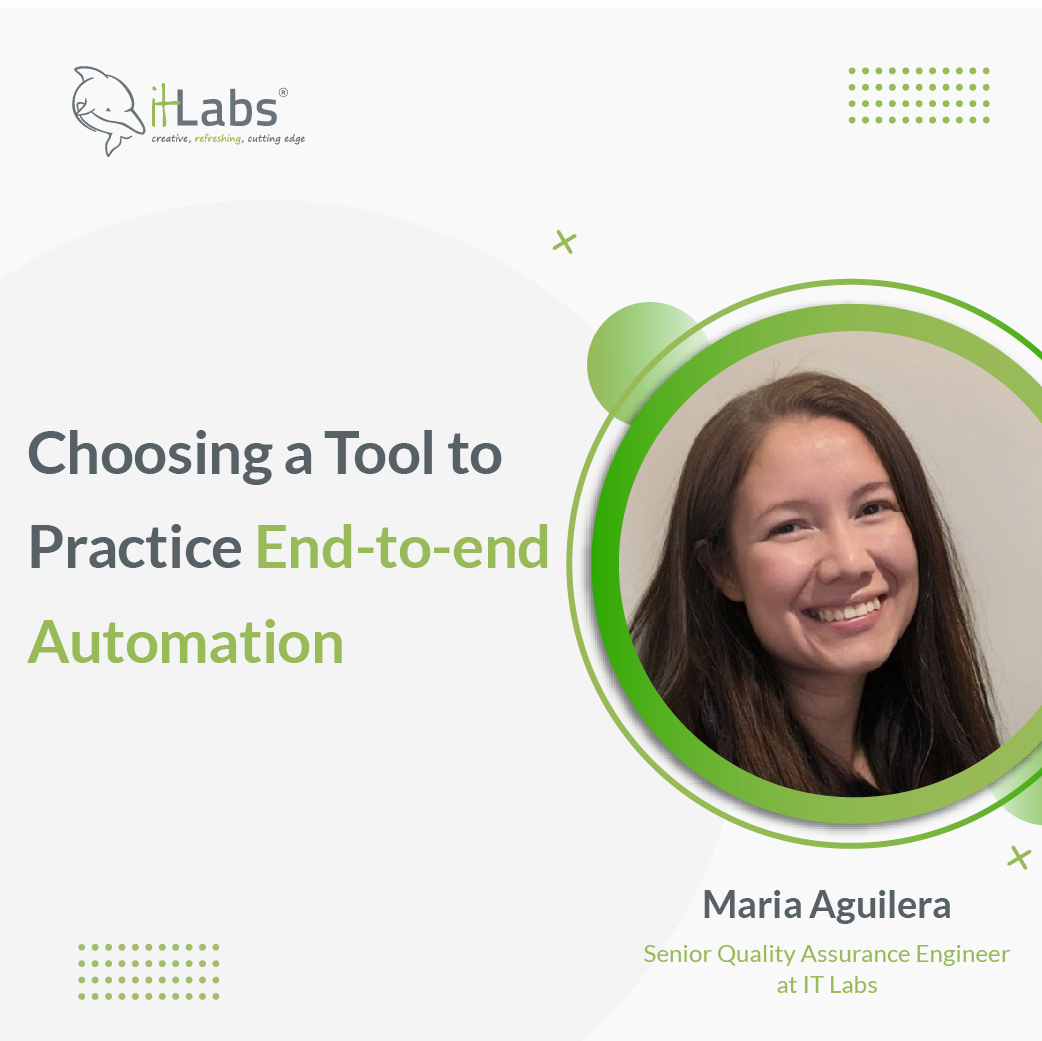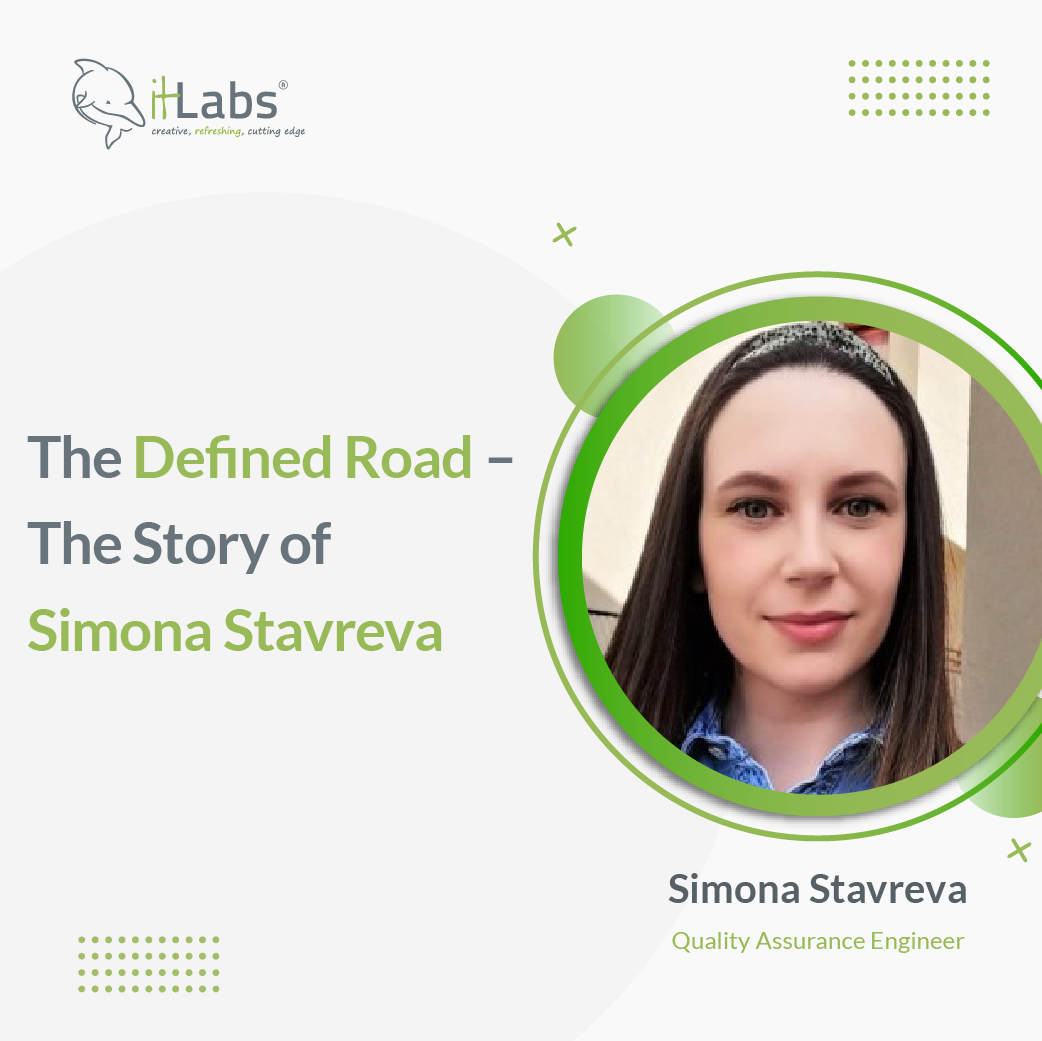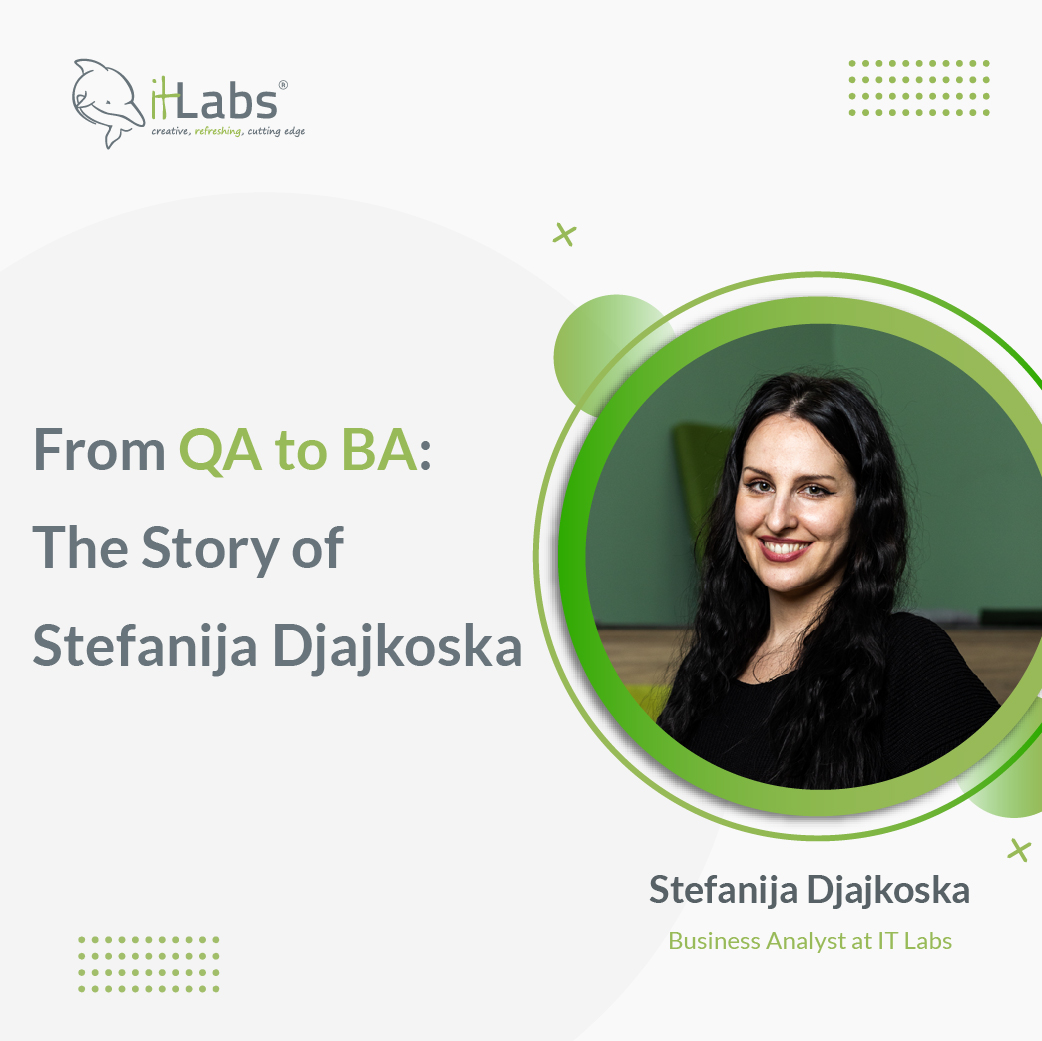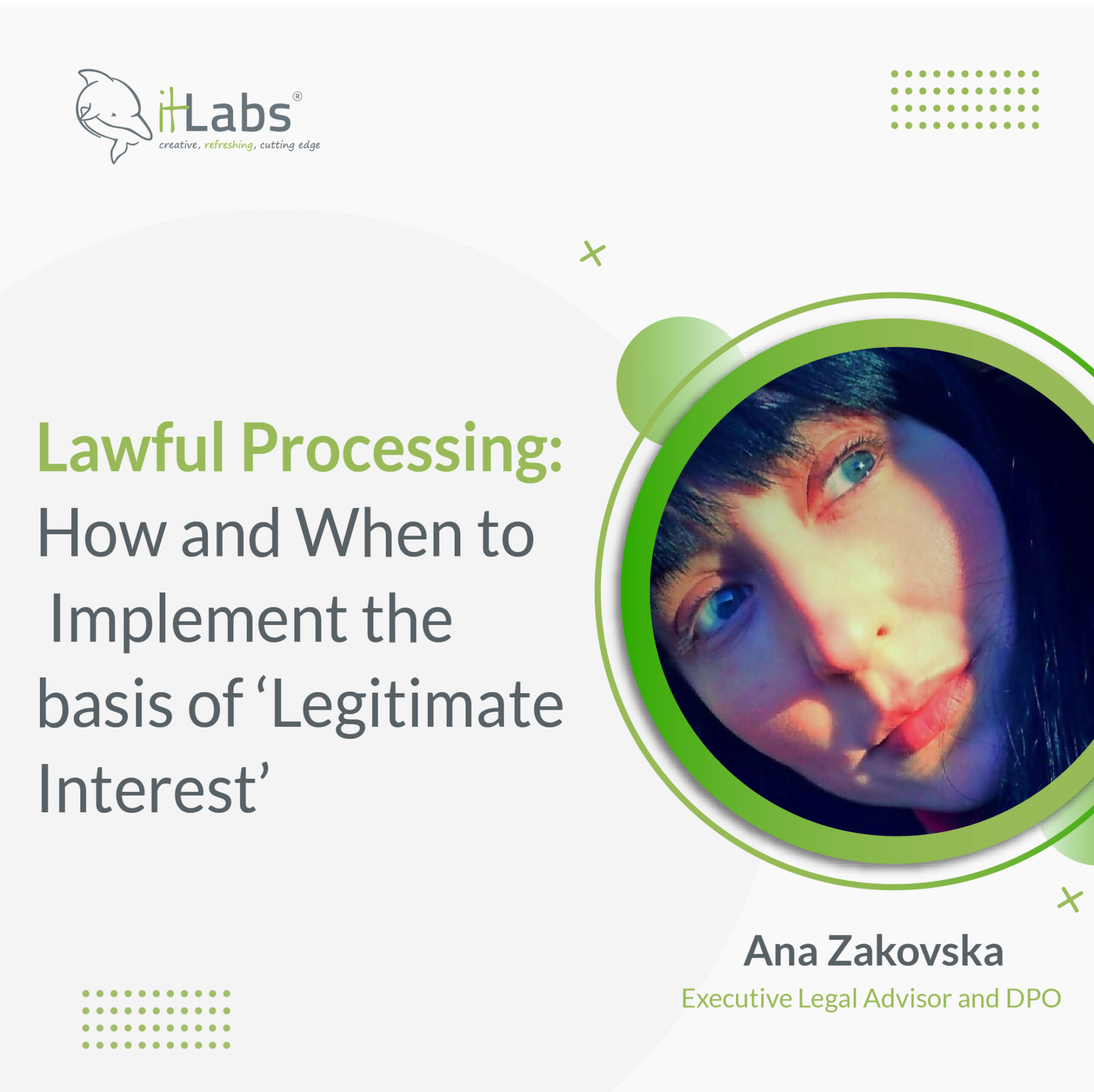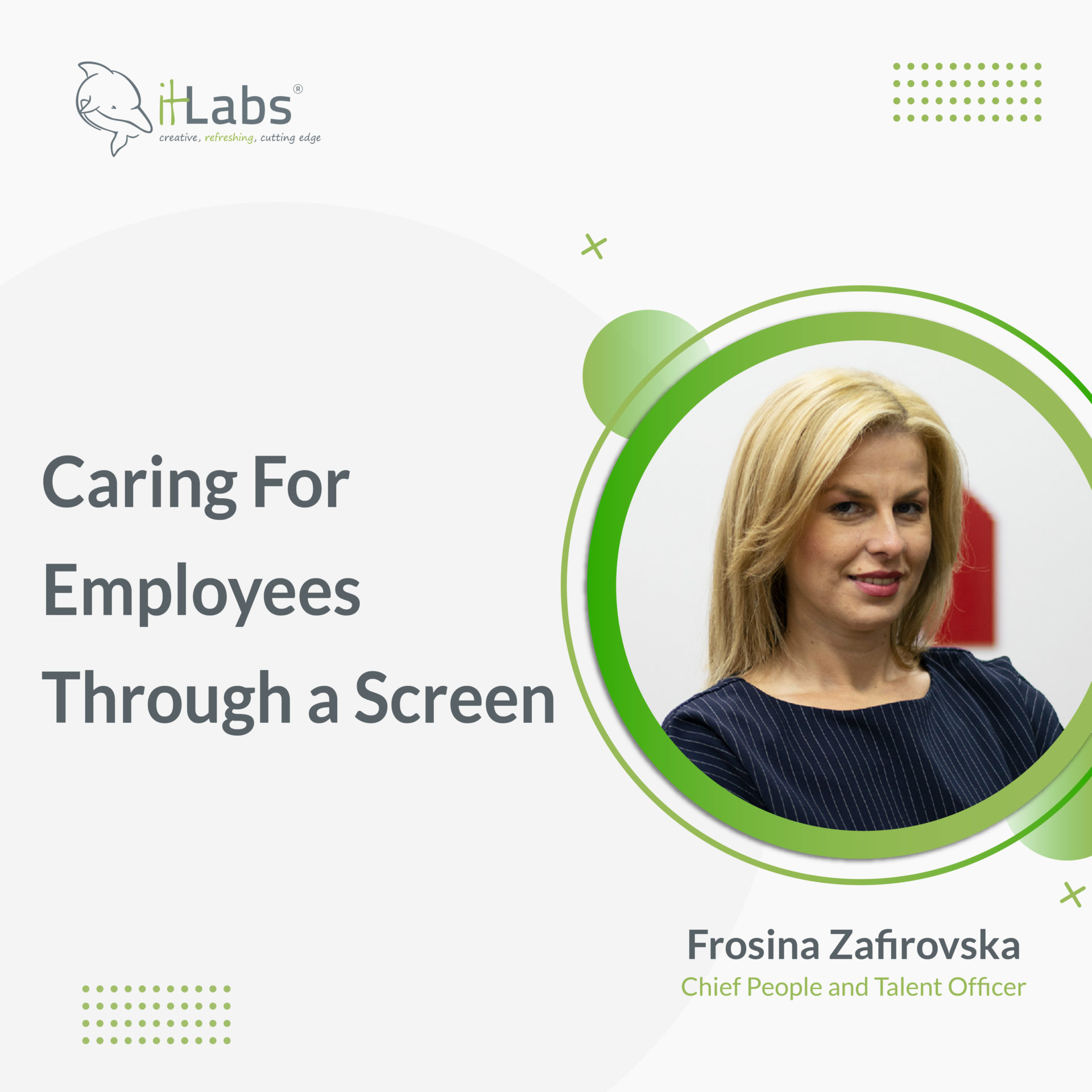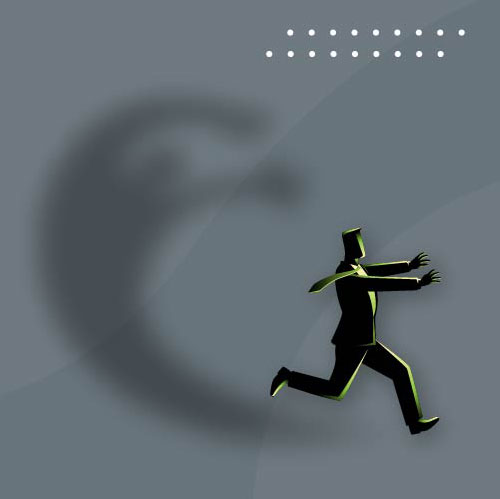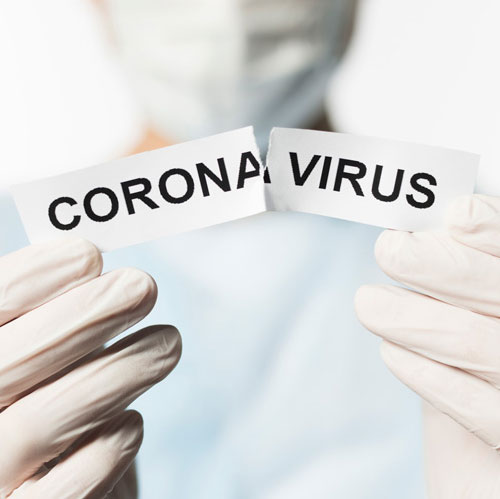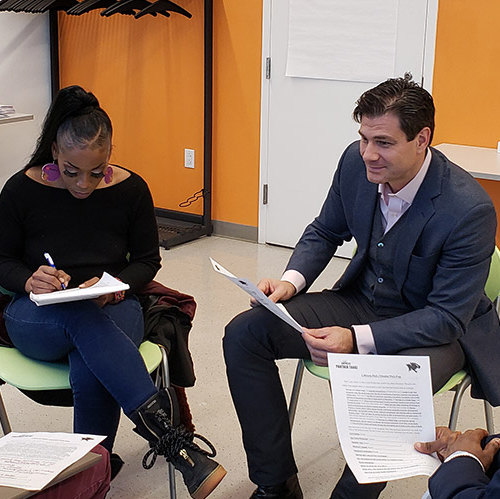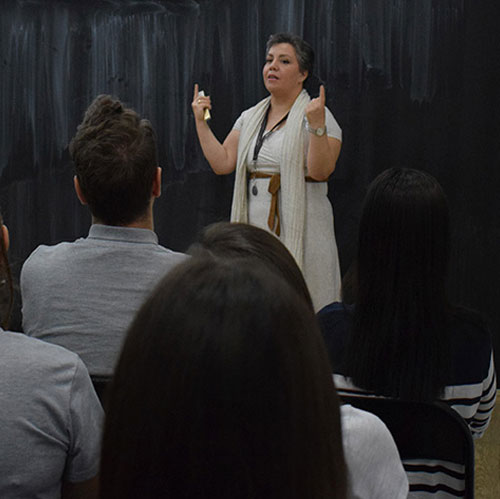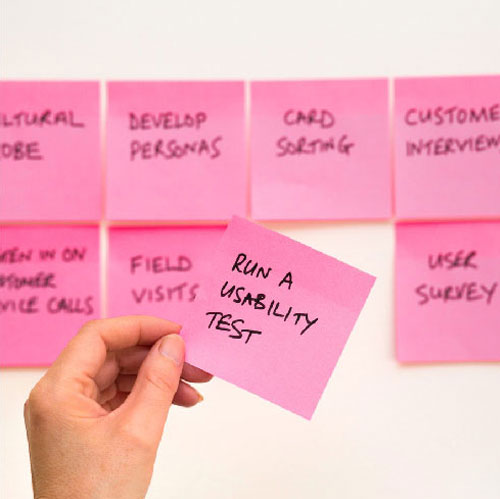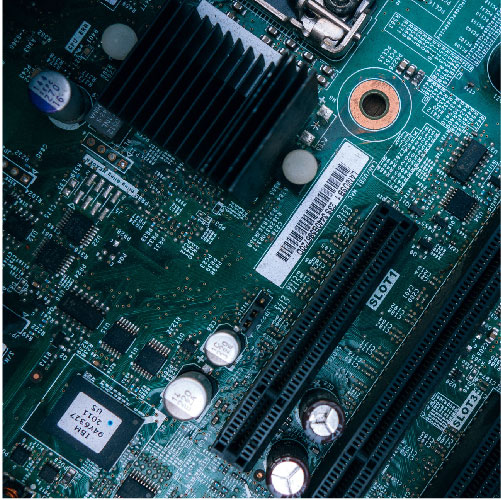
Bisera Samardjieva
Talent Acquisition Intern
Busting the Fear of the Dreaded Breast Exams
Every year, we dedicate October to raising awareness on the effect of breast cancer, and what can be done to help tackle this disease, which affects millions of women around the world every year. The truth is, even with all the access to information, there are still a lot of misconceptions and myths regarding everything related to breast cancer and breast exams, and it’s understandable. They can be scary and nerve-wracking.
Are you plagued by the idea of getting a professional breast exam; the paralyzing fear of the results turning up positive always there?
You are not alone in that fear; the phenomenon is more commonly referred to as breast cancer screening anxiety and it is connected to various aspects of breast cancer screenings, which may include pain, invasive procedures, and the possibility of getting a false-positive result.
The Psychological Effects and What Could be Done
A study done by Lee et al., showed that most of the people had their anxiety triggered by unknown results of the screening. To add, a significant percentage of people were anxious about the procedure, specifically, a mammogram in the study, being painful.
However, the study also concluded that prior education on why mammograms are useful, as well as, the course of the procedure, helped in easing the anxiety of the patients. Being informed and educated on all the steps which you will be needed to go through helps in easing the uncertainty and the fear when stepping into a doctor’s office (Lee et al., 2016).
It’s crucial to acknowledge the exhibition of anxiety at the thought of undergoing a test that could serve life-altering news is normal in those circumstances. However, that anxiety should not stand in the way of patients getting a proper breast cancer screening.
First off, besides professional breast exams, conducted by a medical professional, the first step of prevention is conducting regular, monthly self-examinations. Aspects that are particularly important to remember are that those breast exams should not be done during your menstrual cycle since your breasts are tender and swollen, as well as more lumpy than usual; this can lead to unnecessary panic and distress.
It is best to conduct the self-examination a few days, or a week, after your menstrual cycle. Self-examinations not only help in the prevention of complications, but regular self-exams also aid in further familiarization with our bodies, which in turn makes it easier to catch slight differences in our breasts, whether that be puckering, swelling, redness, or lumps. All these need to be thereafter examined by a medical professional.
If you have felt a lump or noticed a change in your breast, it is important to not panic immediately. Statistics say that most, 80-85%, of breast lumps are benign, which means they are non-cancerous, especially in women under 40. However, the next step should always be going to a medical professional to get an opinion. The process usually requires consulting with your GP who will give you a referral to a breast specialist.
So, what happens after you get your appointment with the breast specialist? The good thing is, for women under 40, usually, an ultrasound is used instead of a mammogram, which makes the procedure entirely painless.

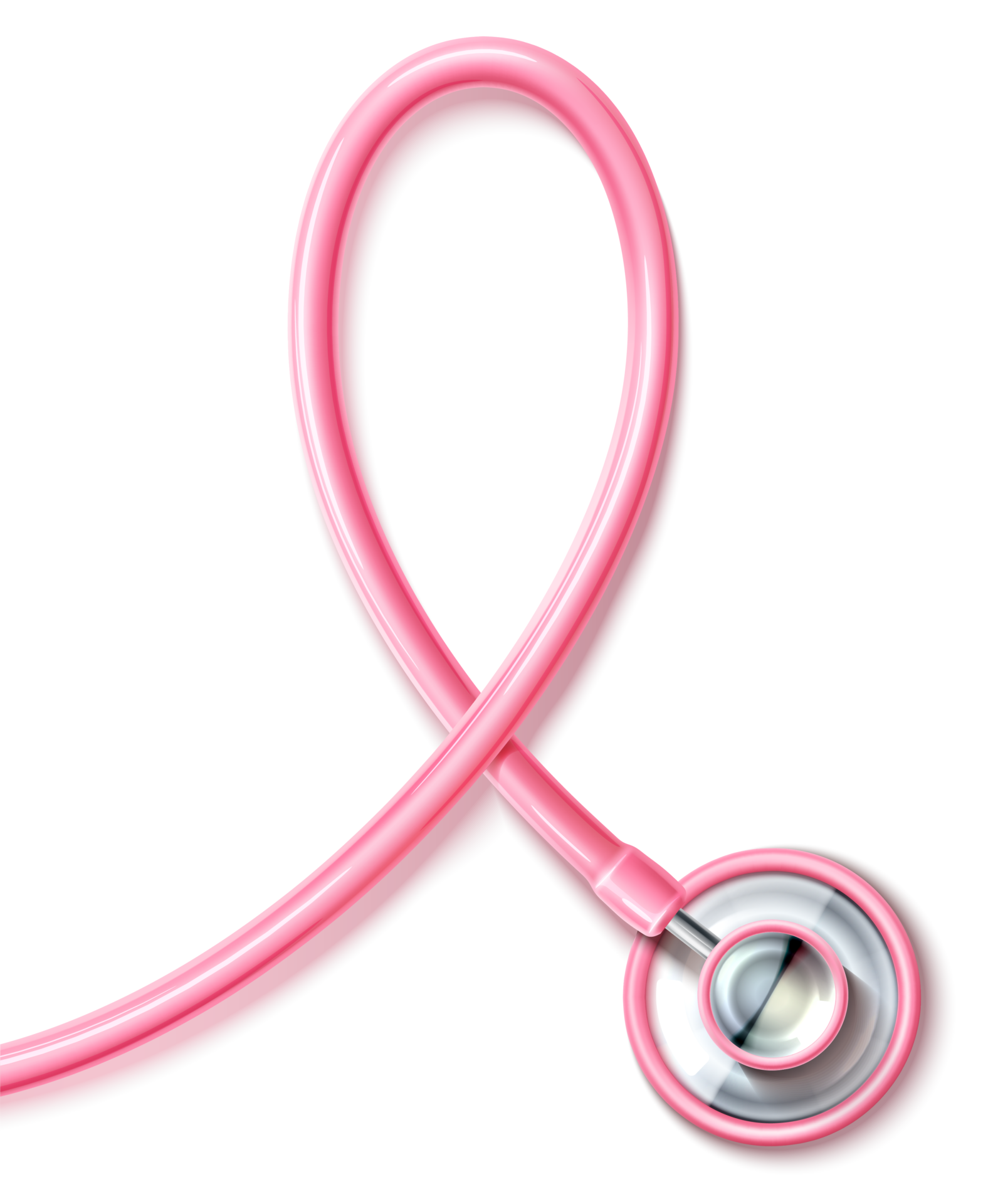
The Examination: Step by Step
Once you arrive for your appointment you will usually be questioned on the reason for your visit, if and how you have noticed any abnormalities in your breasts, as well as the date of your last menstrual cycle. Afterward, the doctor will first off do a manual breast exam; this can include you, the patient, either sitting or lying down on a bed. The doctor will examine all quadrants of the breast tissue, which means they will palpate all-around your breasts, as well as check the tissue under the arm. This is so they can check for any kinds of lumps or abnormalities.
Afterward, they will darken the room so they can perform an ultrasound. This is an entirely painless procedure in which you will only be lying down, while the doctor does everything else. After slathering some ultrasound gel over your chest, the doctor will carefully go over your breasts using the ultrasound probe. By doing this, your doctor will get visual images of your breast tissue and will be able to carefully examine the internal situation. If there are no abnormalities, the examination will end here and you will be sent on your way.
There is a chance, if the doctor discovers some type of lump, for you to need to undergo a biopsy. While there are several types of biopsies, all of them are virtually painless after the anaesthetic kicks in. Being told that you need to conduct a biopsy can be nerve-wracking and anxiety-inducing. However, keep in mind that the biopsy can give priceless information on the nature of the lump or tissue the doctor wants to examine. This way, there will be no doubts whether there should be a cause for further worry and tests.
Biopsy
The biopsy is usually done in the same room where the ultrasound took place; the abnormal breast will be sanitized and then numbed using a local anaesthetic. There are different ways to conduct a biopsy, depending on what kind of lump the doctor is examining; but don’t let that worry you. You won’t be able to feel a thing past the slight pinch of the initial needle! However, don’t be alarmed when there is slight bruising on your breast after the biopsy. This is due to the injection as well as the trauma done to the tissue by the biopsy procedure. This will go away in a few days. There may be some soreness once the anaesthetic wears off, but it’s not acute pain, do not worry!
Waiting for the biopsy results can be very anxiety-inducing. However, there are of course strategies you can do to stay on top of your anxiety and stress. Some of them include trying to reduce your anxiety by meditation or mindfulness, as well as seeking social support from family, partners, or friends. It’s always better to talk to someone about your worries than let them fester.
To add, try keeping busy during the waiting period. It’s easy to fall into a waiting rut, where you sit by the phone, anticipating the dreaded call. Stay on top of tasks you need to accomplish, do chores, read or take a walk, anything that will help keep your mind off the different scenarios it’s trying to take you through. And remember, more often than not, breast lumps are non-cancerous.
The Long Wait
However, even if the dreaded news arrive, remember that the earlier an illness is diagnosed the easier and more effective treatment will be. That’s why regular breast examinations are key when it comes to treating breast cancer!
Getting regular ultrasounds and/or mammograms will help doctors stay on top of even the subtlest changes in your breast tissue, which means treatment will be conducted much sooner.
Not only that but getting regular professional breast exams will help you keep your peace of mind; knowing that everything looks normal and well will help you feel less anxious about your health, as well as less anxious when going for your next appointment.
And, men, don’t forget that you also need to conduct regular examinations of your breast tissue. So, go and schedule that doctor’s appointment and protect those breasts!
Bisera Samardjieva
Talent Acquisition Intern


